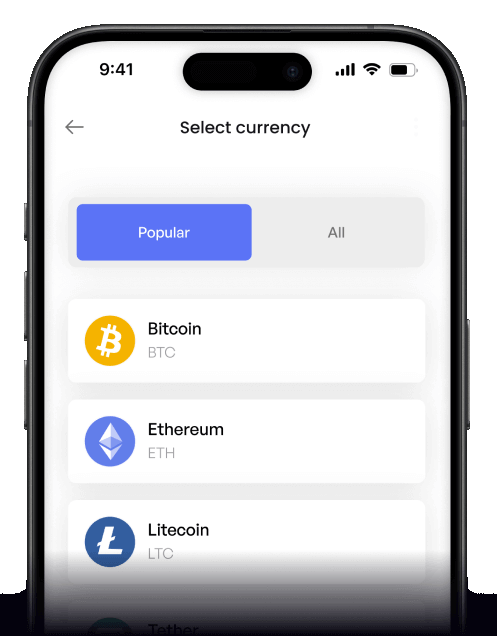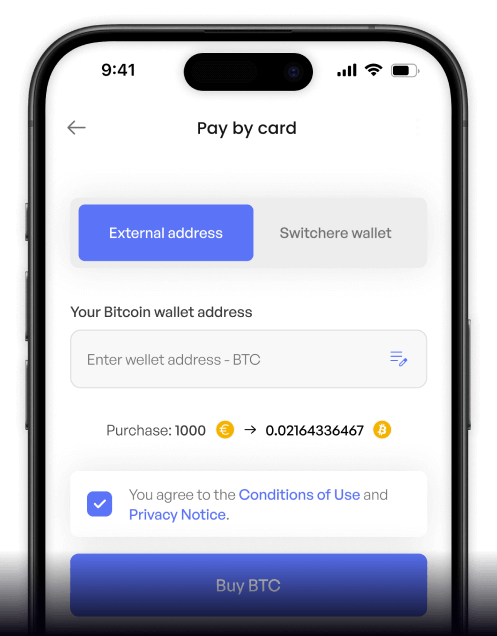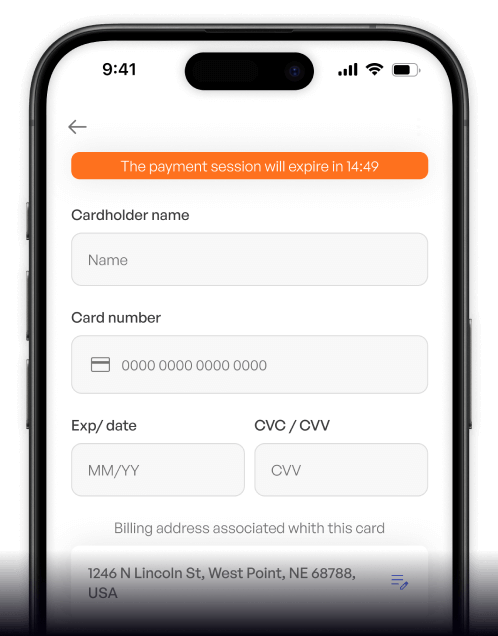Convert
Canadian Dollar (CAD) to CTC (CTC) Instantly
Purchase CTC (CTC) with Canadian Dollar (CAD) easily at Switchere and benefit from fast, secure transactions.
About
CTC (CTC)
Creditcoin (CTC) is a foundational blockchain technology designed to address a critical gap in the global financial system: the lack of a universal, transparent credit history. Its primary objective is to create a decentralized network for a borderless credit market, specifically targeting the unbanked and underbanked populations. By recording loan performance on a public digital ledger, Creditcoin provides a mechanism for individuals and businesses to build a verifiable, on-chain credit history. This digital asset aims to bridge the divide between traditional finance and DeFi applications, fostering greater financial inclusion by making credit more accessible and transparent across the globe through its innovative Web3 infrastructure.
The core of the Creditcoin protocol involves linking real-world, off-chain loan agreements to its immutable blockchain. This process creates objective proof of creditworthiness that is not controlled by any single entity. The native utility token, CTC, is integral to the ecosystem's operation. It is used to pay for transaction fees required to record credit transactions, such as loan requests and repayments, on the chain. Furthermore, CTC can be utilized for staking to enhance the cryptographic security of the network. This unique approach to integrating real-world assets (RWA) in the form of private credit establishes a foundational layer for on-chain reputation and new financial products.
How to Buy CTC (CTC)
Popular Coins for Canadian Dollar (CAD)
Other Coins for Canadian Dollar (CAD)
Frequently asked questions
-
What is the primary method for buying Creditcoin (CTC) with Canadian Dollars (CAD)?
The most common method is to use a cryptocurrency exchange that serves Canadian users and lists CTC. The process typically involves setting up an account, completing FINTRAC-compliant KYC verification, and then funding your account with Canadian Dollars via Interac e-Transfer or a wire transfer. Once funded, you can execute a trade on the CAD/CTC or a related pair like CTC/USDT after converting your CAD. -
What is the core function of Creditcoin (CTC) as a Real World Asset (RWA) protocol?
Creditcoin functions as a decentralized credit bureau on the blockchain. Its core purpose is to create an immutable transaction ledger of credit history by recording the loan performance of borrowers from emerging markets. This allows for the assessment of creditworthiness based on on-chain data, bridging unsecured lending in the real world with the DeFi space, which is a key aspect of the Real World Asset (RWA) narrative. -
Are direct CAD to CTC trading pairs common, or do I need to perform multiple trades?
Direct CAD/CTC trading pairs are relatively rare. On most cryptocurrency exchanges, you will likely need to perform a two-step trade. The common route is to first purchase a major cryptocurrency like Bitcoin (BTC) or a stablecoin like Tether (USDT) with your Canadian Dollars. After acquiring BTC or USDT, you would then use it to trade for Creditcoin (CTC) on the corresponding CTC/BTC or CTC/USDT market. Always check the order book liquidity for these pairs before trading. -
What is Creditcoin's Proof-of-Credit consensus mechanism?
Proof-of-Credit is not a primary consensus mechanism like Proof-of-Work, but a core component of the Creditcoin protocol. It is a process for verifying and recording off-chain loan transactions onto the Creditcoin blockchain. Lenders and borrowers submit cryptographic signatures to prove a loan occurred and was repaid. This data is then validated and added to the immutable ledger, creating a verifiable on-chain credit history that enhances transparency and trust for future lending activities. -
What are the typical fees associated with a CAD to CTC transaction?
A CAD to CTC transaction involves several potential fees. First, there may be a deposit fee for your Canadian Dollars onto the exchange, particularly if using methods other than Interac e-Transfer. Second, the exchange will charge a trading fee (usually a percentage of the trade value) for converting CAD to a base crypto and then for the CTC trade itself. Finally, when you move your CTC to a secure digital wallet, you will pay a network withdrawal fee, which is determined by the Creditcoin blockchain's network activity.






